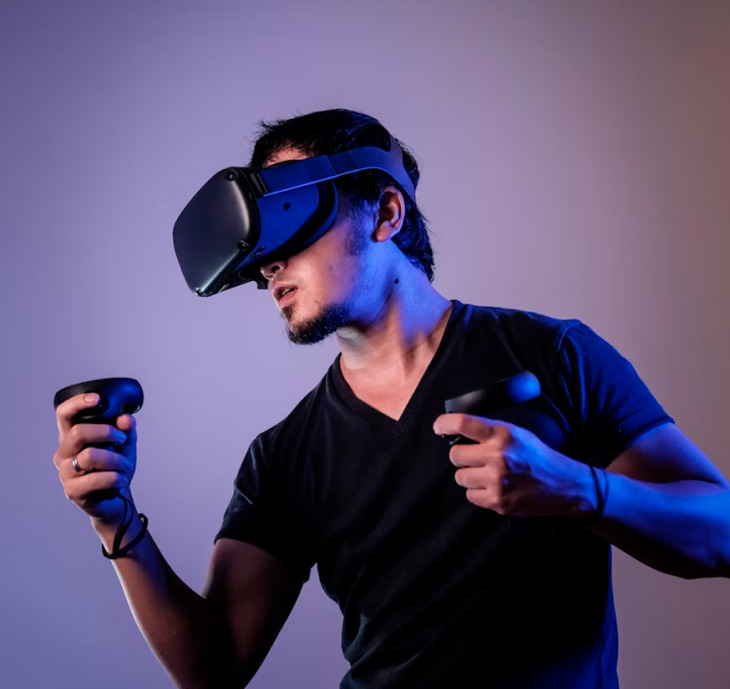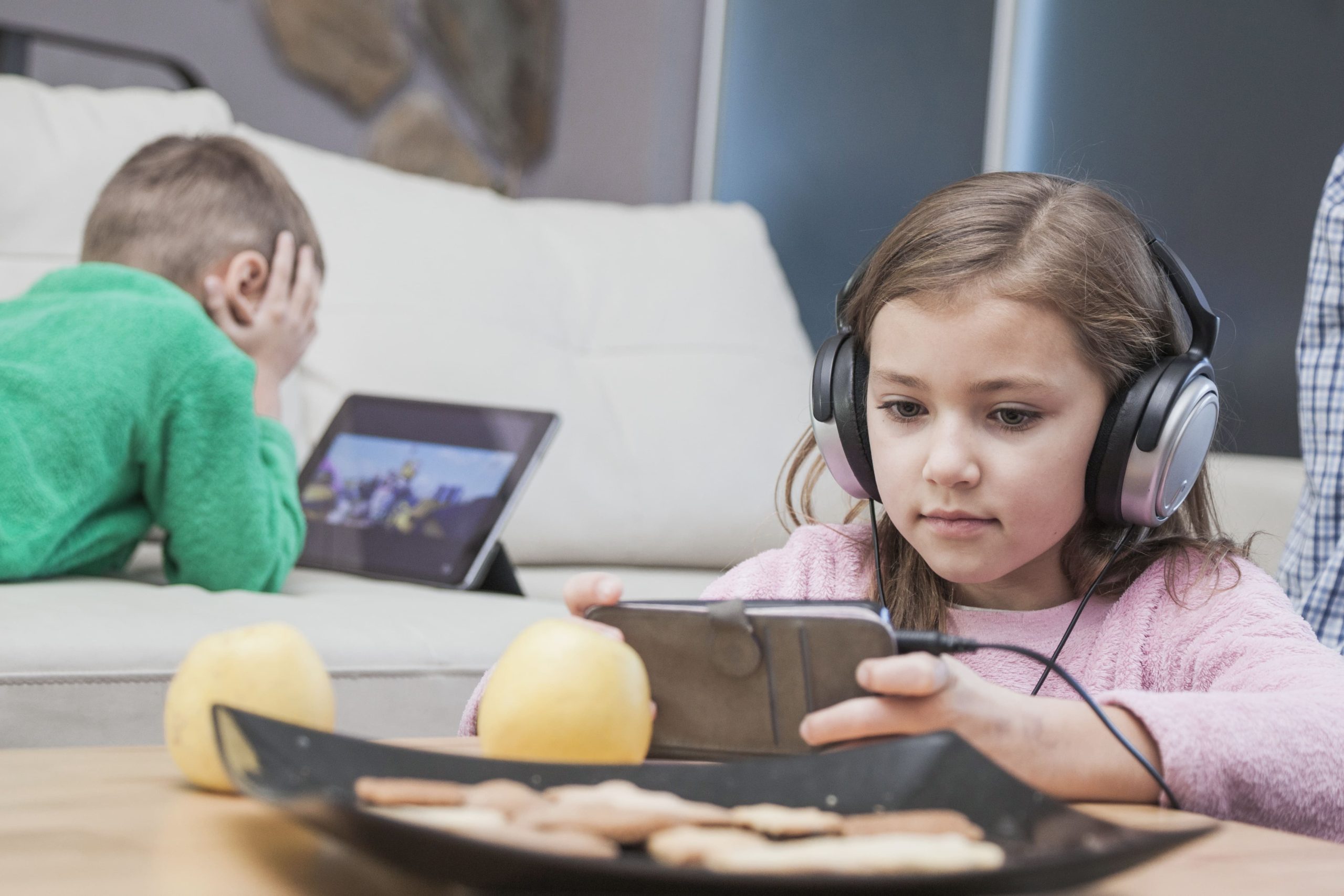Gamified Learning is an innovative educational approach that incorporates elements of game design and mechanics into the learning process. In this comprehensive exploration, we will delve into the exciting world of Gamified Learning, understanding its core principles, exploring its unique benefits, and recognizing its potential to transform education by making learning engaging, interactive, and fun.
Understanding Gamified Learning
Gamified Learning is an educational strategy that leverages the inherent motivation and engagement found in games to enhance the learning experience. It combines elements of game design, such as points, badges, leaderboards, and challenges, with educational content to create interactive and motivating learning environments. Gamified Learning is not about turning education into a game but rather using game elements to boost learner participation and achievement.
Key Components of Gamified Learning:
- Game elements: Gamified Learning incorporates game elements such as rewards, competition, and achievements to create a dynamic and motivating learning environment.
- Progress tracking: Learners can track their progress and achievements, providing a sense of accomplishment and feedback on their learning journey.
- Interactivity: Gamified Learning often includes interactive activities and challenges that encourage learners to actively participate and apply what they’ve learned.
- Immediate feedback: Learners receive immediate feedback on their performance, allowing them to adjust and improve their understanding of the material.
Significance of Gamified Learning
Gamified Learning has gained significant importance in education due to its potential to transform traditional learning into a more engaging and effective experience:
- Enhanced engagement: Gamified Learning captures learners’ attention and maintains their interest, resulting in higher levels of engagement and motivation to complete tasks.
- Active participation: Gamification encourages active participation by offering rewards and recognition for completing activities and achieving goals.
- Individualized learning: Gamified Learning can be tailored to individual learner preferences and skill levels, making education more personalized and adaptive.
- Measurable progress: Educators can track and measure learners’ progress more effectively, identifying areas where additional support may be needed.
- Skill development: Gamified Learning fosters the development of various skills, including problem-solving, critical thinking, and decision-making.
Applications of Gamified Learning
Gamified Learning is versatile and can be applied across various educational settings and subjects:
1. K-12 Education: Gamification is used in primary and secondary education to make subjects more engaging, promote healthy competition, and reward students for achieving academic milestones.
2. Higher Education: Gamified Learning is applied in higher education to enhance course materials, encourage active learning, and improve retention of complex concepts.
3. Corporate Training: Gamification is employed in corporate training programs to make learning more engaging, track employee progress, and increase retention of training materials.
4. Healthcare: Gamified Learning is used for medical training and patient education, allowing healthcare professionals and patients to learn in interactive and engaging ways.
5. Language Learning: Language learning apps often incorporate gamification to encourage regular practice, reward achievements, and create immersive learning experiences.
Implementing Gamified Learning
The successful implementation of Gamified Learning involves several key considerations:
- Clear learning objectives: Define specific learning objectives and goals that align with the educational content and desired outcomes.
- Game design elements: Select relevant game design elements, such as points, badges, leaderboards, and challenges, to enhance the learning experience.
- Feedback mechanisms: Implement immediate and constructive feedback mechanisms to guide learners and help them understand their progress.
- Adaptability: Ensure that the gamified learning experience is adaptable to different learners’ needs and skill levels.
- Monitoring and Assessment: Continuously monitor learner progress and assess the effectiveness of the gamified learning approach.
- Accessibility: Ensure that gamified learning materials are accessible to all learners, including those with disabilities.
The Future of Gamified Learning
- The future of Gamified Learning holds significant promise as the technology and methodology continue to evolve:
- Personalization: Gamified Learning will become more personalized, tailoring content and challenges to individual learner profiles.
- AI Integration: Artificial intelligence will play a larger role in creating adaptive and dynamic gamified learning experiences.
- Wearable technology: Advances in wearable technology may offer new opportunities for immersive and interactive gamified learning.
- Global accessibility: Gamified Learning will become more accessible to learners worldwide, transcending geographical barriers.
- Cross-dzisciplinary integration: Gamification principles will be integrated into various educational disciplines, enhancing learning across subjects.
Gamified Learning represents a dynamic and engaging approach to education that harnesses the power of game elements to motivate and empower learners. As the field of education continues to evolve, Gamified Learning stands as a transformative force, offering a fresh perspective on how to make learning more enjoyable, interactive, and effective. With its potential to engage learners of all ages and backgrounds, Gamified Learning is paving the way for the future of education.






